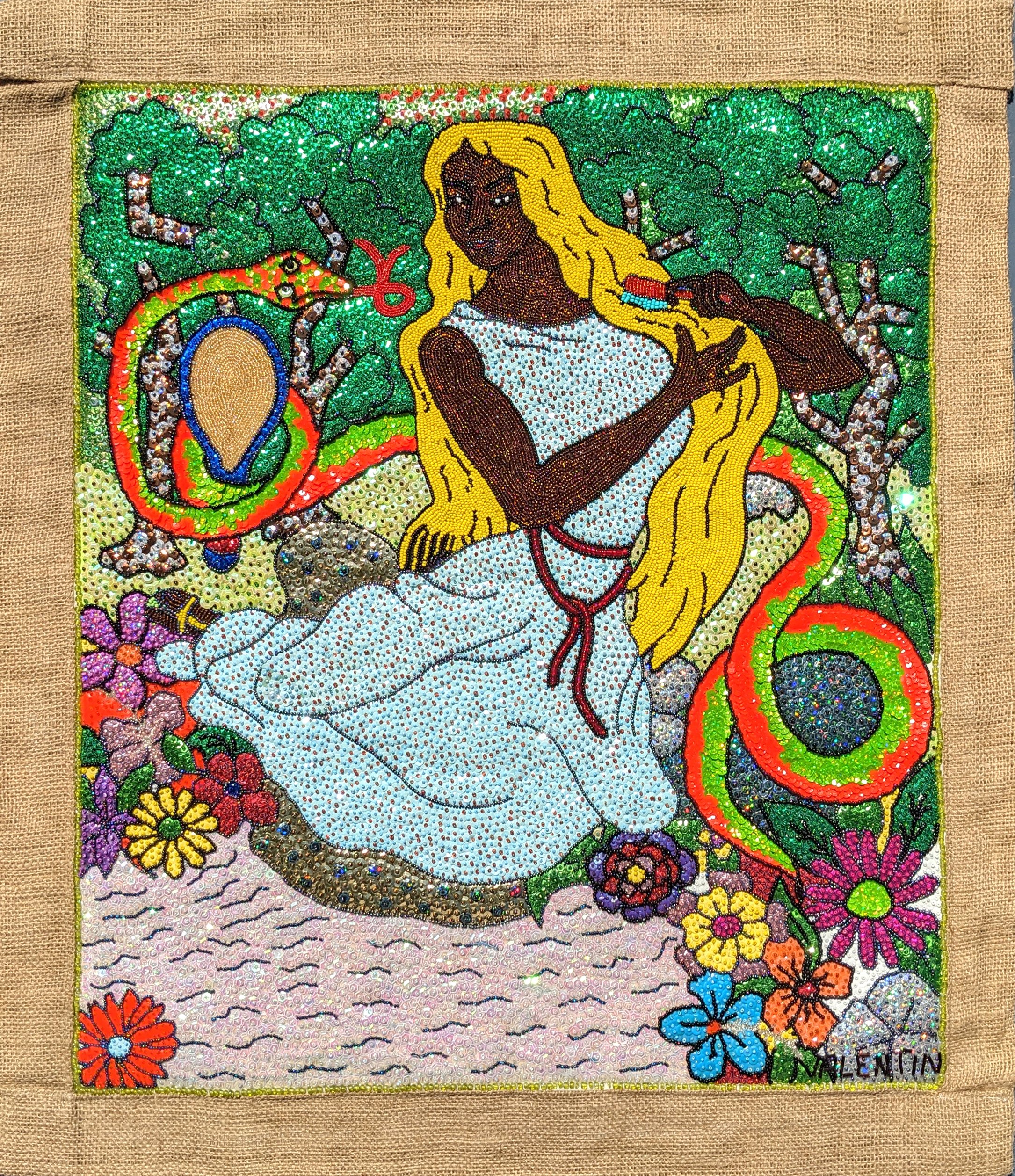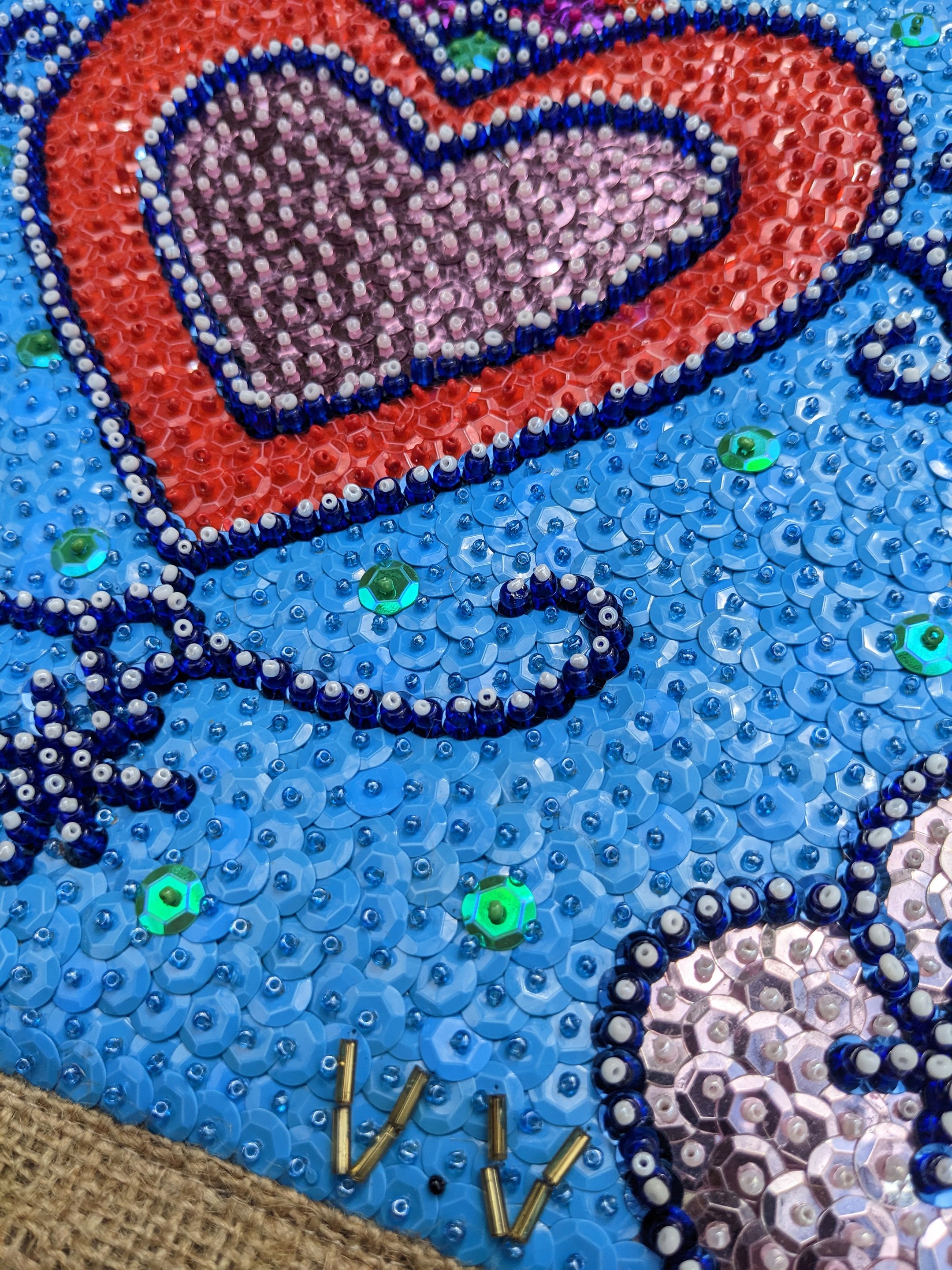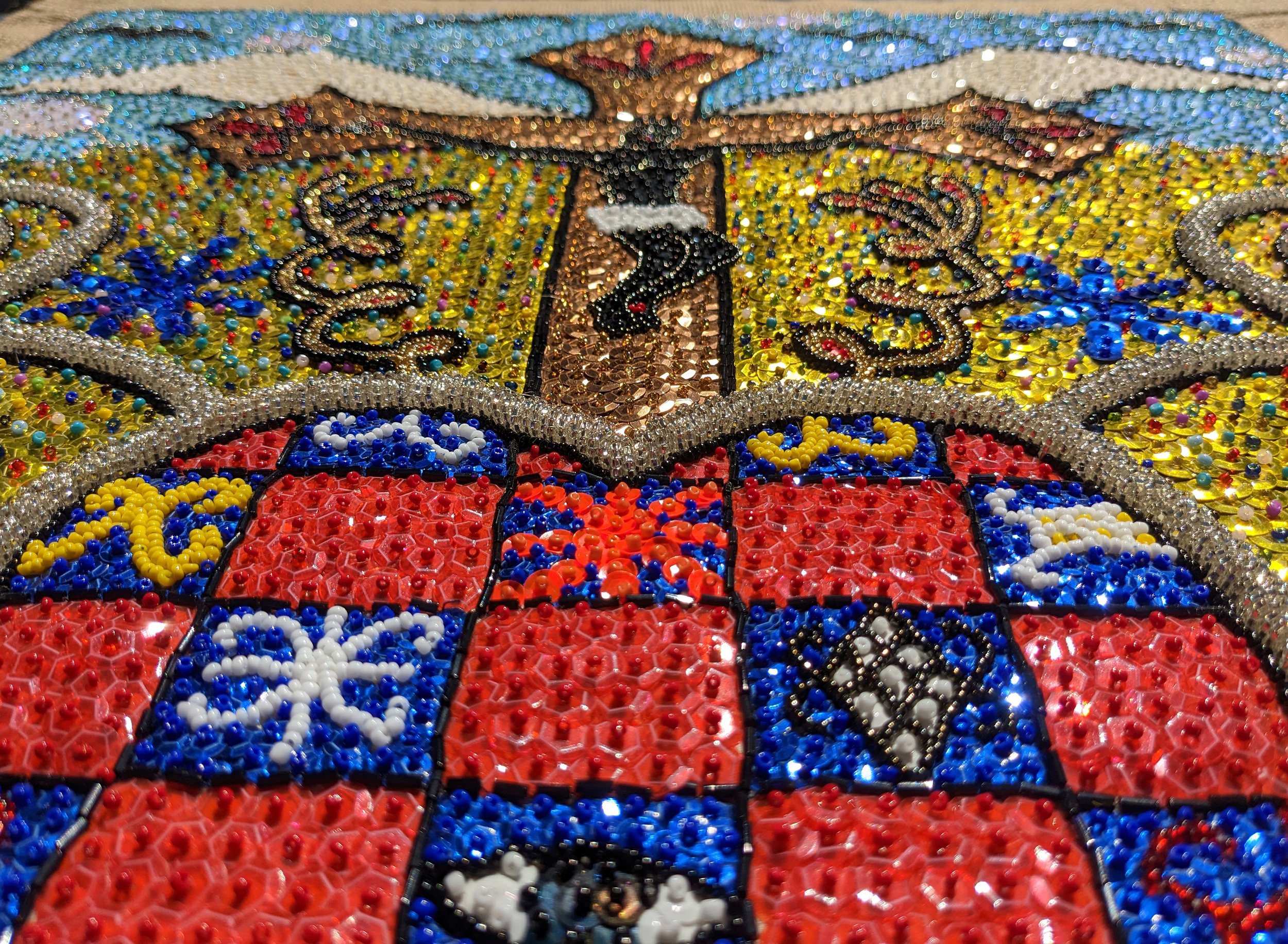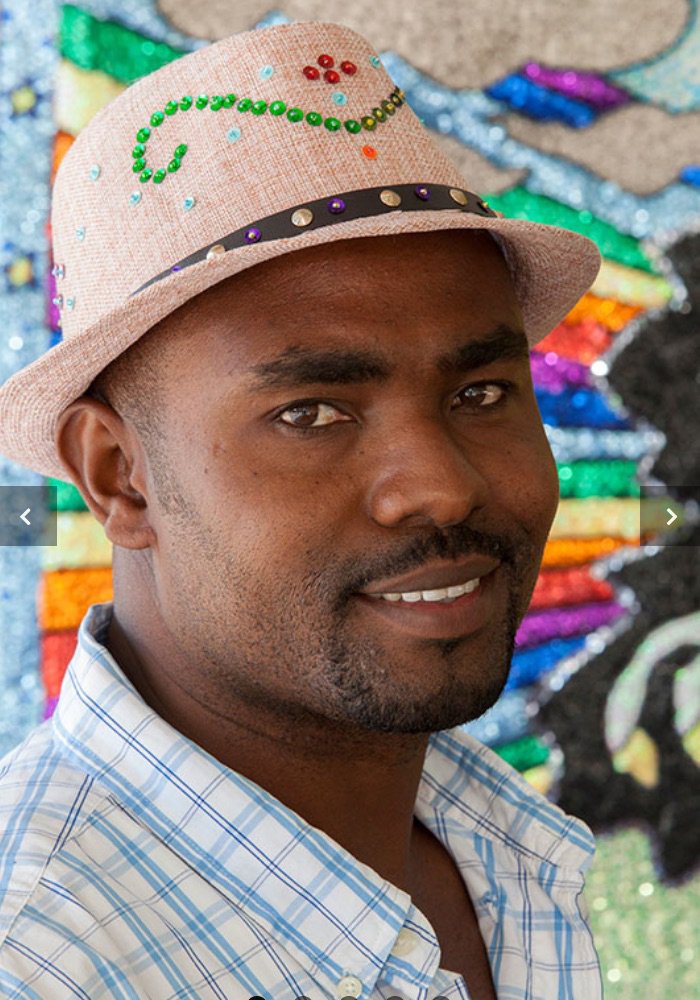Valentin Valris
Vodou Flags with Haitian Historical Significance
In the heart of Port-au-Prince, Valentin Valris creates incredibly detailed and utterly unique textiles, most of which are inspired by the rich tradition of Vodou. His cloth-backed, sequin- and bead-covered tapestries literally dazzle, sometimes depicting a story of daily life, and sometimes a loi – a spirit – of the pantheon of Vodou gods. Valris expands upon his tradition with vigor and obvious passion, adorning his flags with glittering sequins and beads which he obtains from the Czech Republic and elsewhere.
Each of Valris’s Vodou flags are first traced onto fabric, which is then tautly stretched over a handmade wood frame. The various multicolored sequins are then sewn on one at a time to achieve precise detail, a laborious process which can stretch out over many days. The final step in Valris’s process is to line the textile with intricately stitched, complementary borders.
The practice of creating Voodoo or “deity” flags was born in Africa and the Yoruba tradition has been maintained across Haiti since it obtained in independence from French colonial rule in 1804. Contemporary flag makers have shown great versatility in incorporating a wide range of new textures, colors, fabrics and supplies to make the designs blend seamlessly into the 21st century. Valris learned this artform as a child, watching his father George at work.

